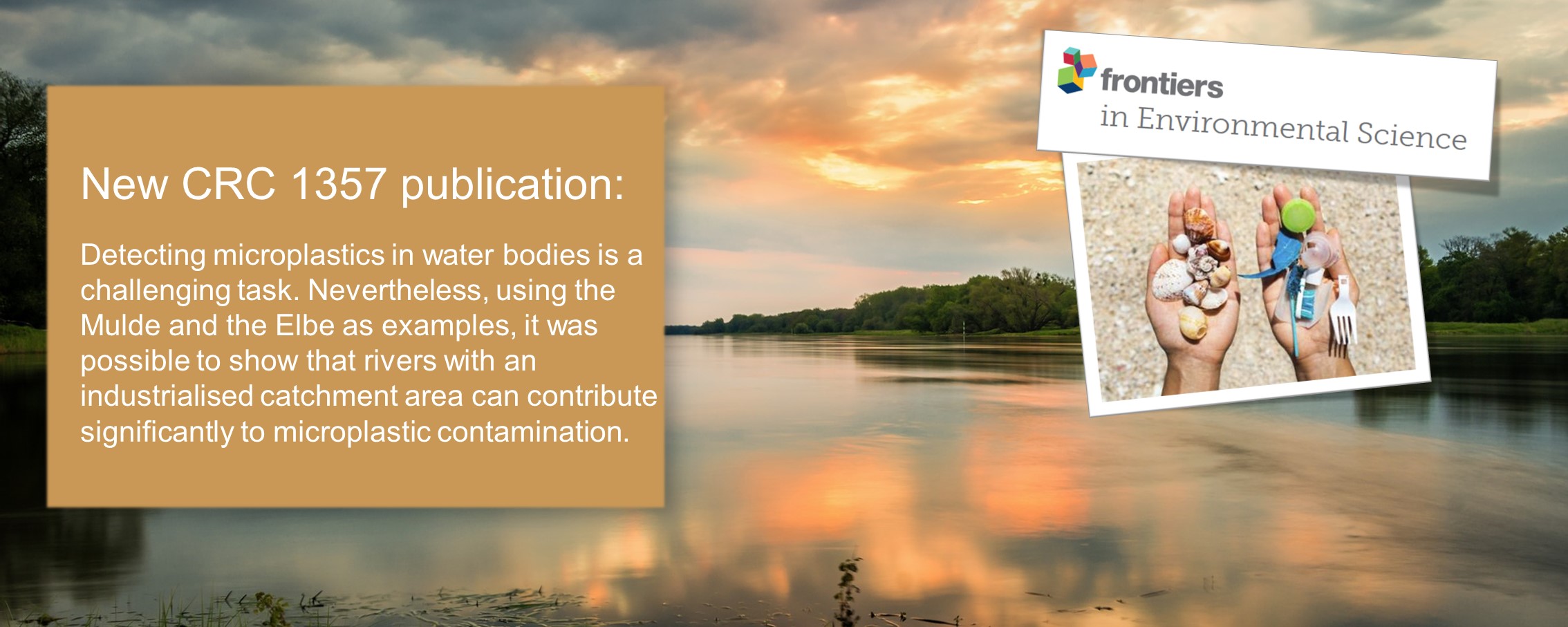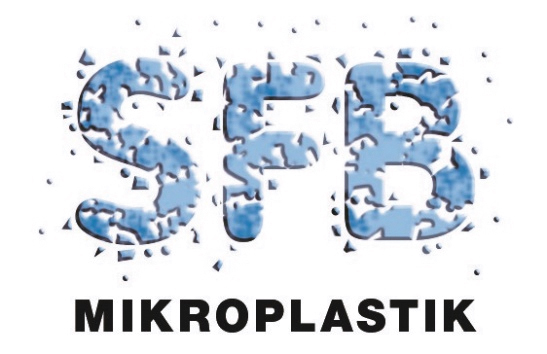News
New CRC 1357 publication: Laermanns (2022) - Microplastic in Water and Sediments at the Confluence of the Elbe and Mulde Rivers in Germany
17.12.2022

Congratulations to the Team B06 and their colleages: on their new research article in the journal Frontiers in Environmental Research:
"Microplastic in Water and Sediments at the Confluence of the Elbe and Mulde Rivers in Germany"
DOI: https://doi.org/10.3389/fenvs.2021.794895
Abstract:
Accumulation of microplastics in aquatic environments is an issue of emerging concern. Initially, research focused on marine systems. However, recent studies also investigate the abundance of microplastics in freshwater environments. Rivers connect terrestrial with marine ecosystems and contribute a considerable share of macro- and microplastics to the oceans. A previous study found a large amount of micro-spheres in Dessau downstream the river mouth of the Mulde. Therefore, the objective of this research was to examine whether the Mulde river with its highly industrialized catchment contributes to the microplastic pollution of the Elbe. Sediment (Van Veen grab sampler) and water samples (filter cascade with the smallest mesh size 50 μm and nets with the smallest mesh size 150 μm) were taken from the Elbe river up- and downstream the confluence with the Mulde. After extensive sample preparation, we examined the samples under a digital microscope and determined polymer types by pyrolysis Gas Chromatography/Mass Spectrometry (pyr-GC-MS). The amount of primary microplastics increased in sediment and water samples just downstream the confluence. Those microplastics originate probably from the Mulde. We measured larger amounts and different shapes of microplastics in filter cascades that have a smaller mesh size compared to the nets.

